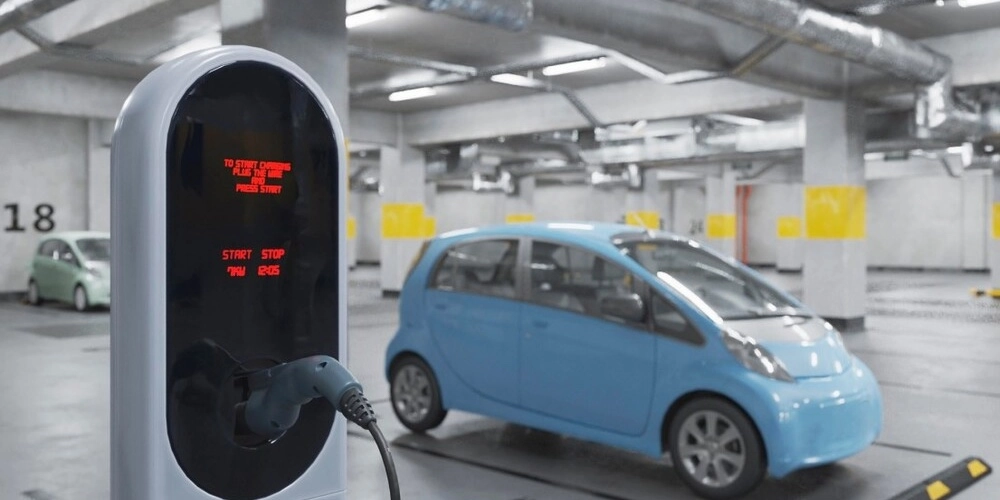Since 2014, Royal Decree 1053/2014 requires that newly constructed buildings or parking lots have basic pre-installations for charging points.
This is intended to facilitate the installation of future chargers if necessary.
Now, the Ministry of Industry and Tourism is developing new regulations that, according to Antonio José Pérez Sánchez , CEO and co-founder of Mi Cargador de Coche, are in process.
“This will encourage more budgets to be approved and, therefore, more chargers to be installed and costs to go down,” he tells Mobility Portal España.
How? Because it would no longer be necessary to install the PVC pipe, which is usually five to seven meters long, which means less labor.
According to Pérez Sánchez, the new regulations will require communities to include pre-installations that reach each parking space, not just the common areas as stipulated by current legislation.

This adjustment, although it may seem minor, greatly simplifies the work of installation companies and reduces associated costs.
How much will this reduction be? “Although it depends on each installation company, it could range between 50 and 100 euros,” he says.
“A meter of pipe can cost around 1.45 euros with VAT, multiplied by the meters needed and adding the hours of work of two or three people, the economic impact is clear,” he explains.
Pérez argues that the high initial charge for chargers, coupled with the still high price of electric vehicles, discourages potential buyers.
This saving can therefore be a crucial step in deciding to install a charging point and, therefore, adopt a zero-emission car.
What is the pre-installation process for chargers currently?
“For the installation of chargers in communal spaces, the ideal is to have pre-installations and trays,” he says.
According to regulations, these trays must pass through common areas.
Then, in the meter room, a suitable hole must be made proportional to the number of spaces, thus allowing each interested party to install their conduit, including the corresponding routing and wiring.
“Prior to installation, we must identify the tray, which is usually made of white glass, since accessing a community charger with its pre-installation is a complex process,” says Pérez Sánchez.
He adds: “From there, we draw the route, place the hose for the wiring and then install the PVC pipe to the interested user’s place.”
Under the new regulations, the community should be responsible for installing the tray and extending it to the location where the “refueling” equipment is to be placed.
“That is, the installation would extend to the square, not limited to the common area. This is the main difference and makes things much easier,” he says.
He also points out that this adjustment hardly represents an increase in the initial costs for the community and the administration, since the typical extension is short, between five and seven meters per space.
And not only that.
In addition to the technical and economic benefits, it is important to highlight that this regulation will help speed up installation time.
Although the new decree has not yet been officially published, its processing is well underway, according to Pérez Sánchez, who confirmed this to Mobility Portal España.
Nowadays, to install a charging point in a communal garage, you must first assess whether the electrical installation meets the minimum legal requirements and then notify the community of neighbours.
According to article 17.5 of the Horizontal Property Law, the residential community cannot prohibit the installation of “refueling” equipment, nor is it necessary for it to approve or accept it, it is only necessary to be informed in writing.
This is provided that the device is installed in an individual parking space and the interested party assumes the corresponding cost.








